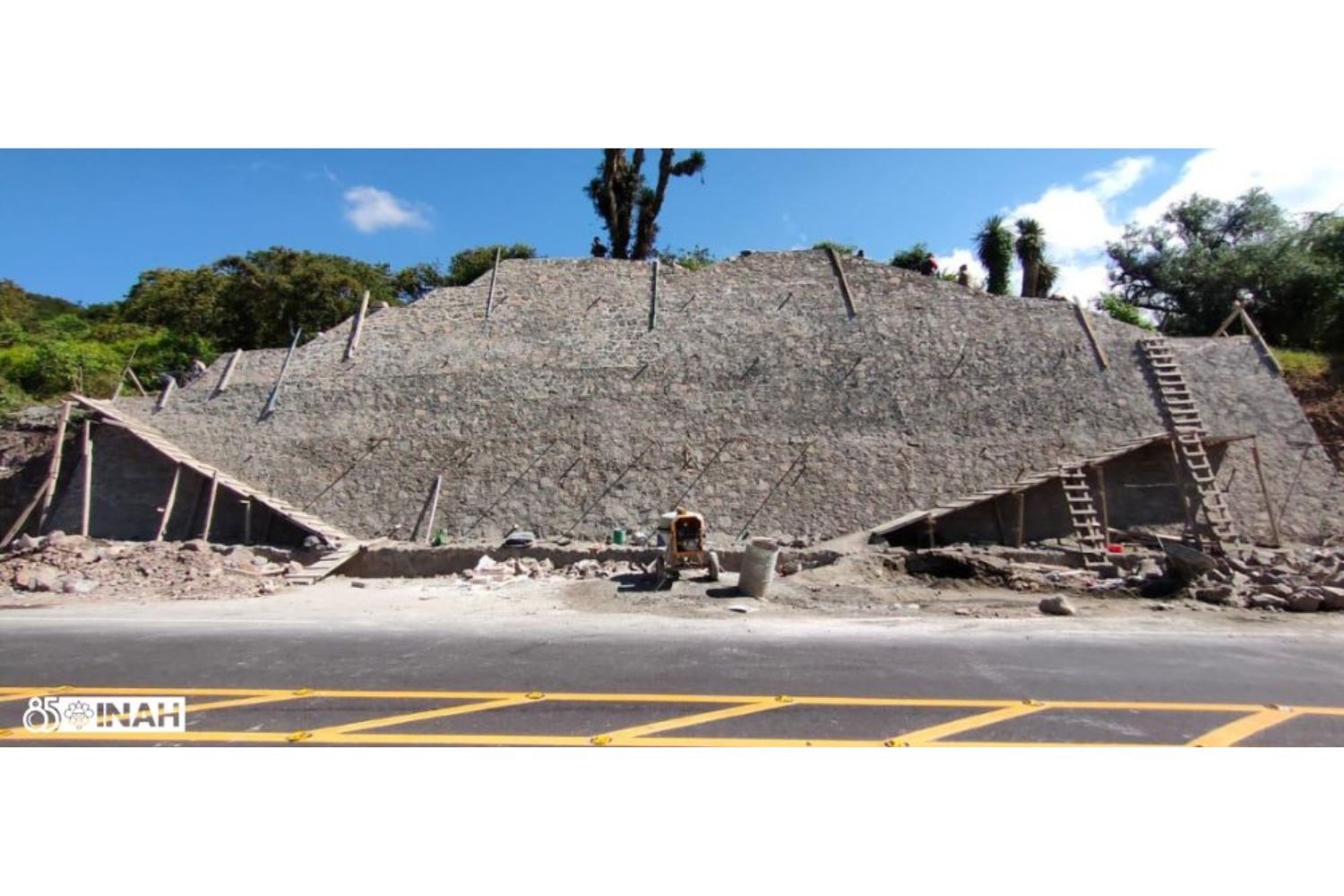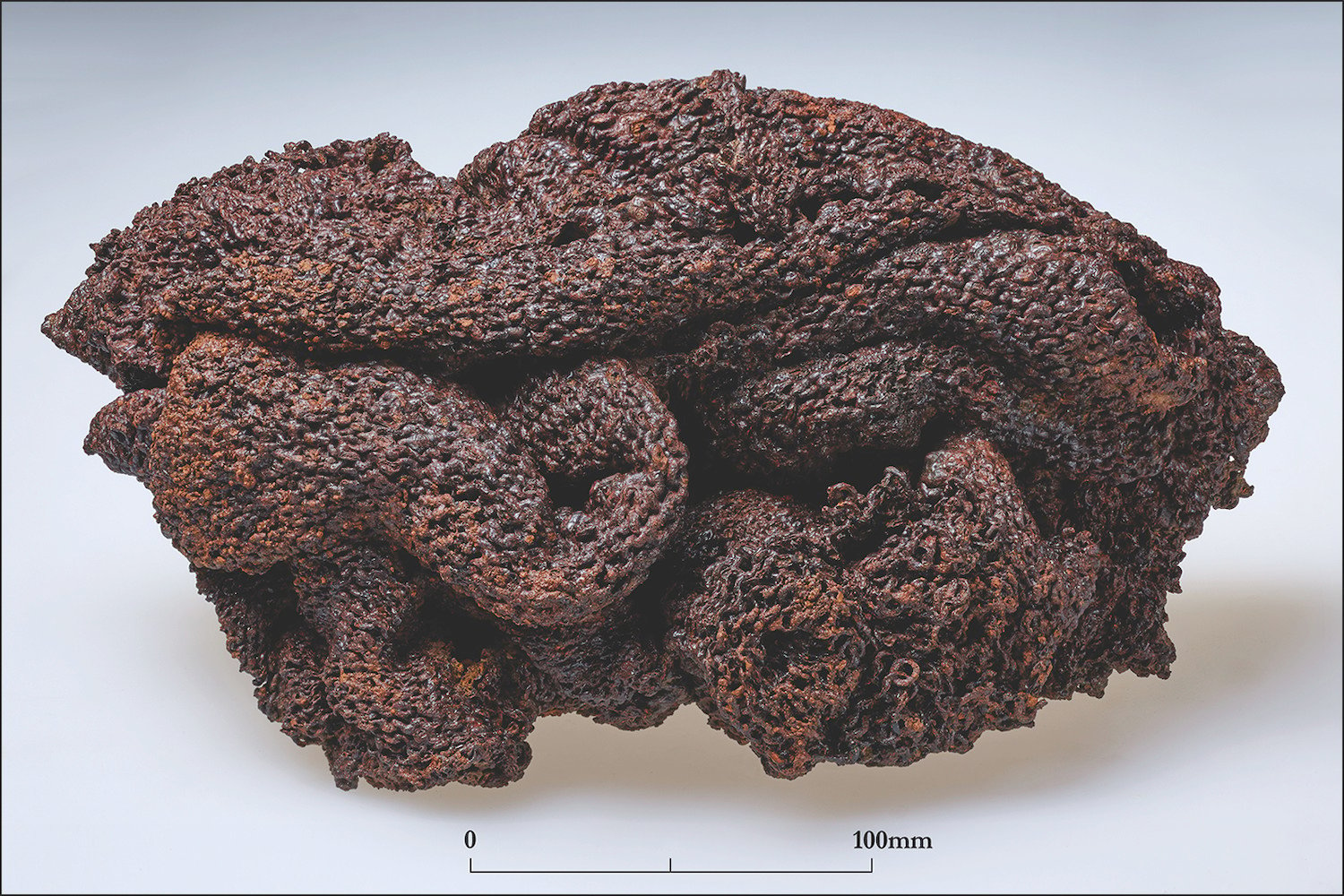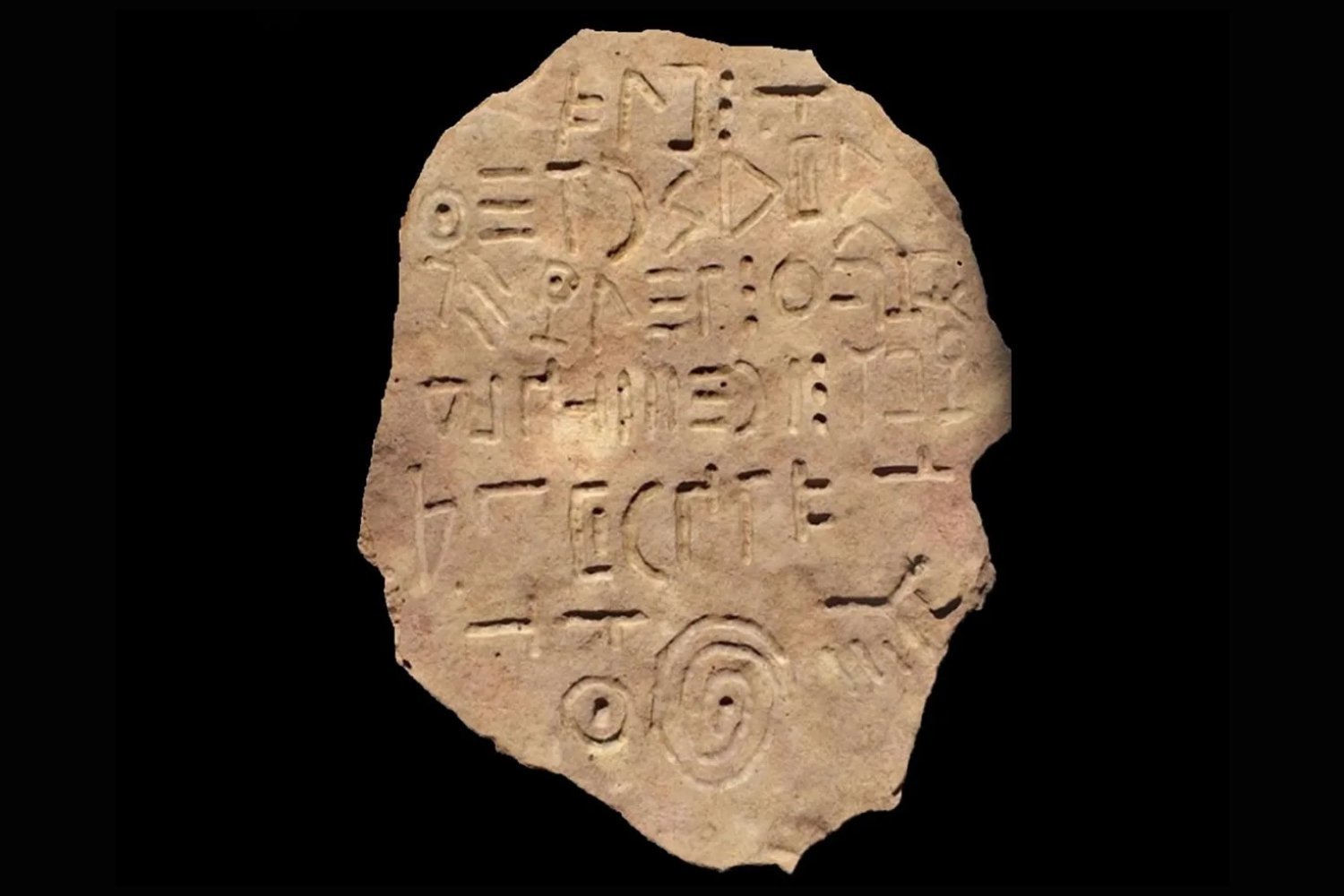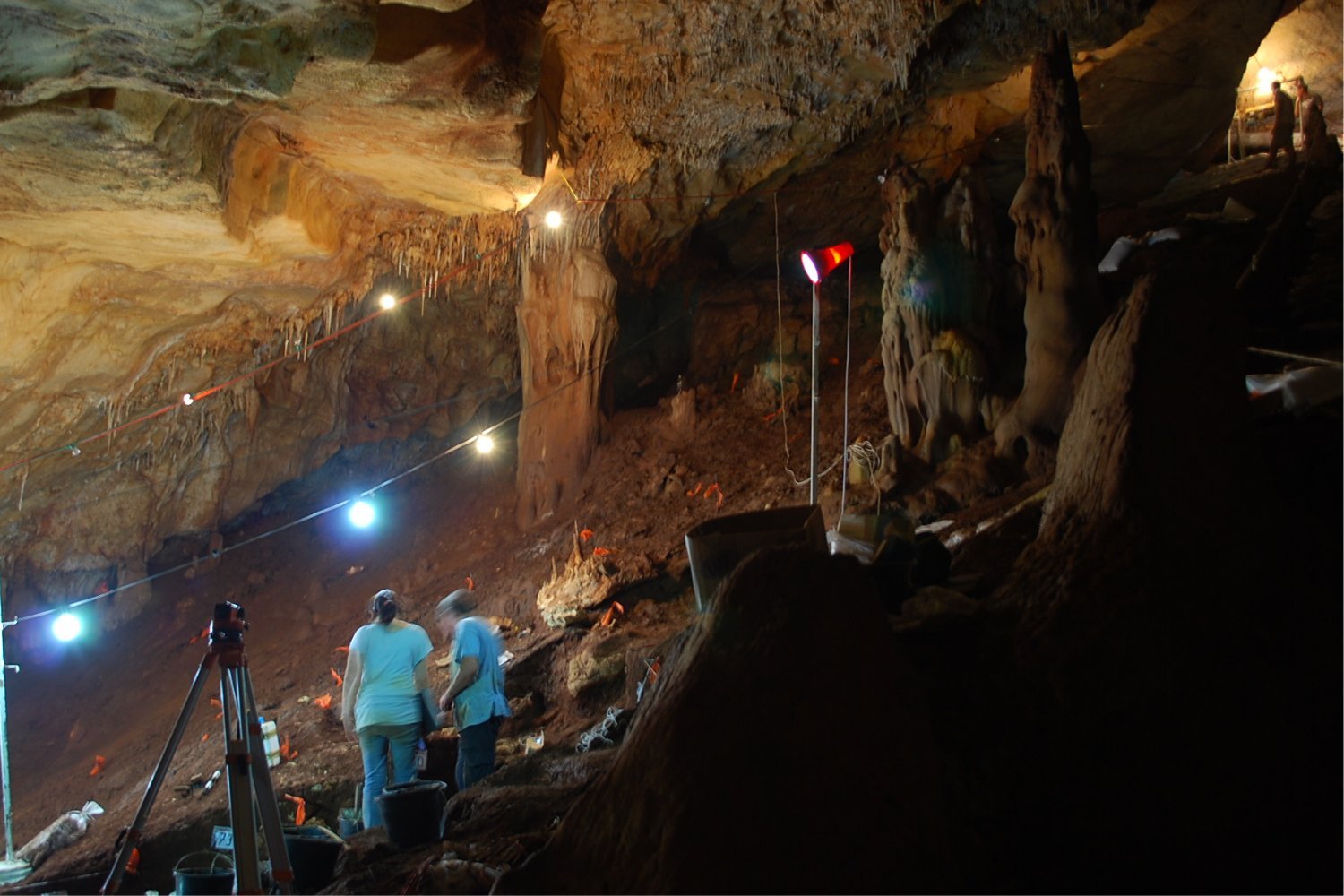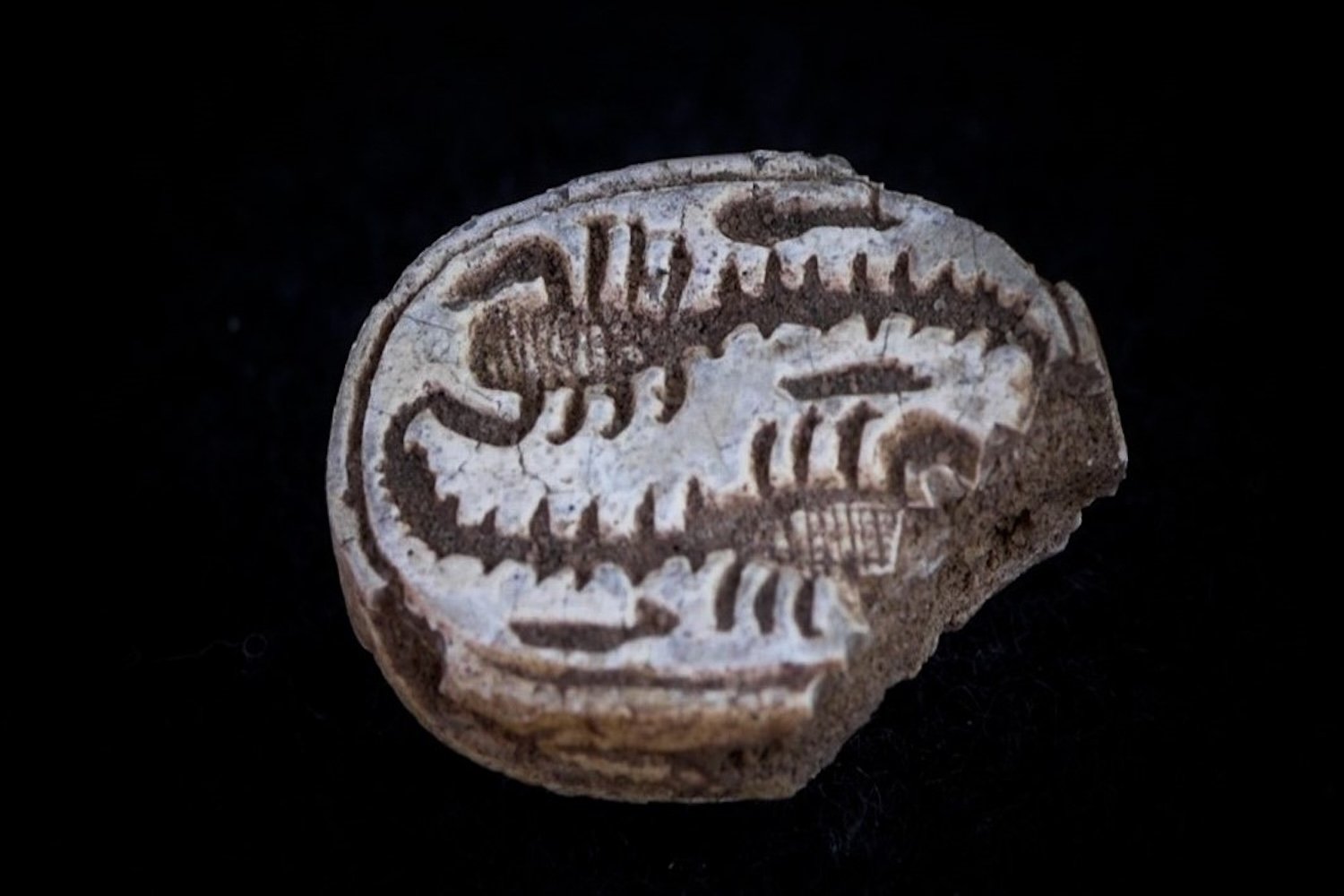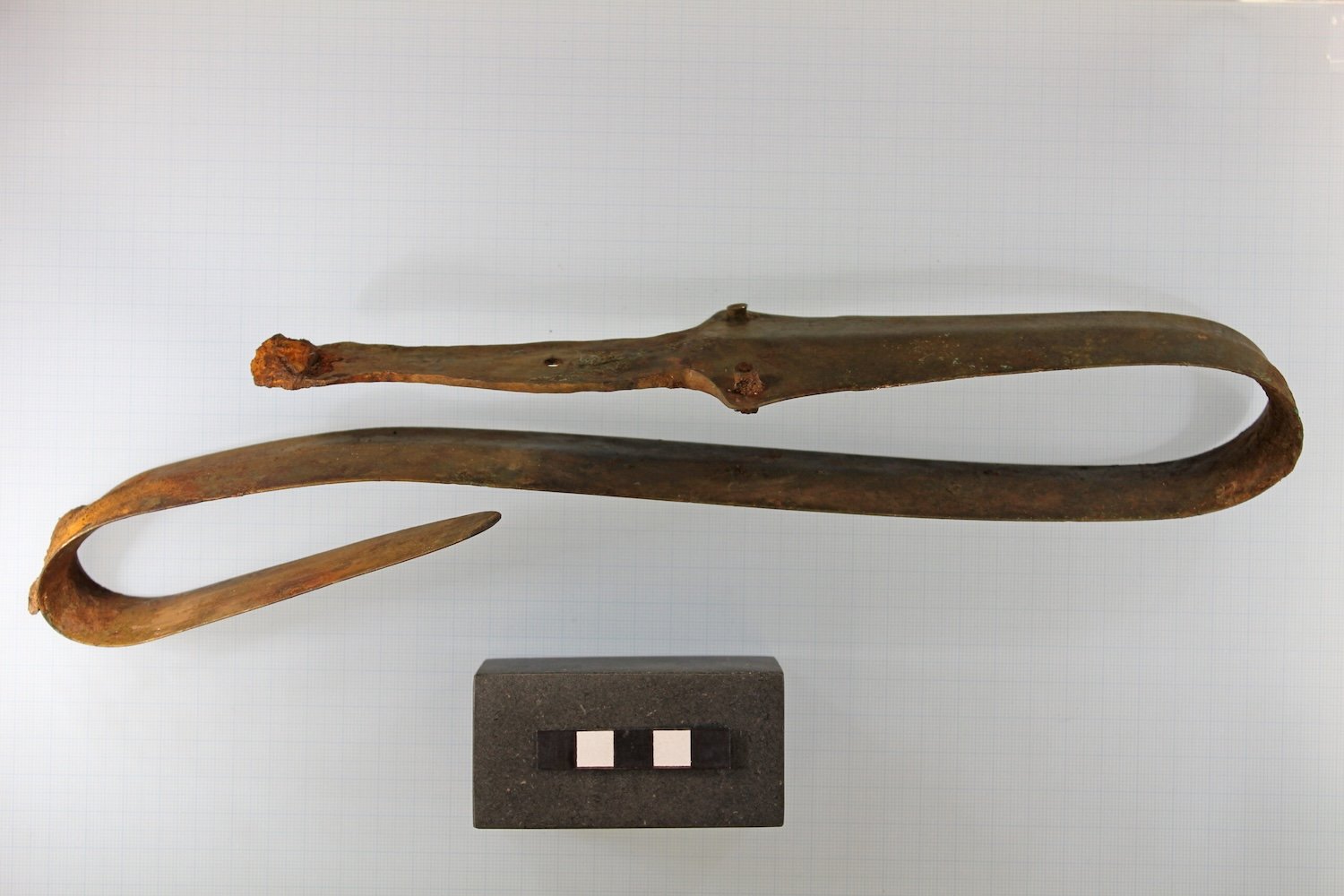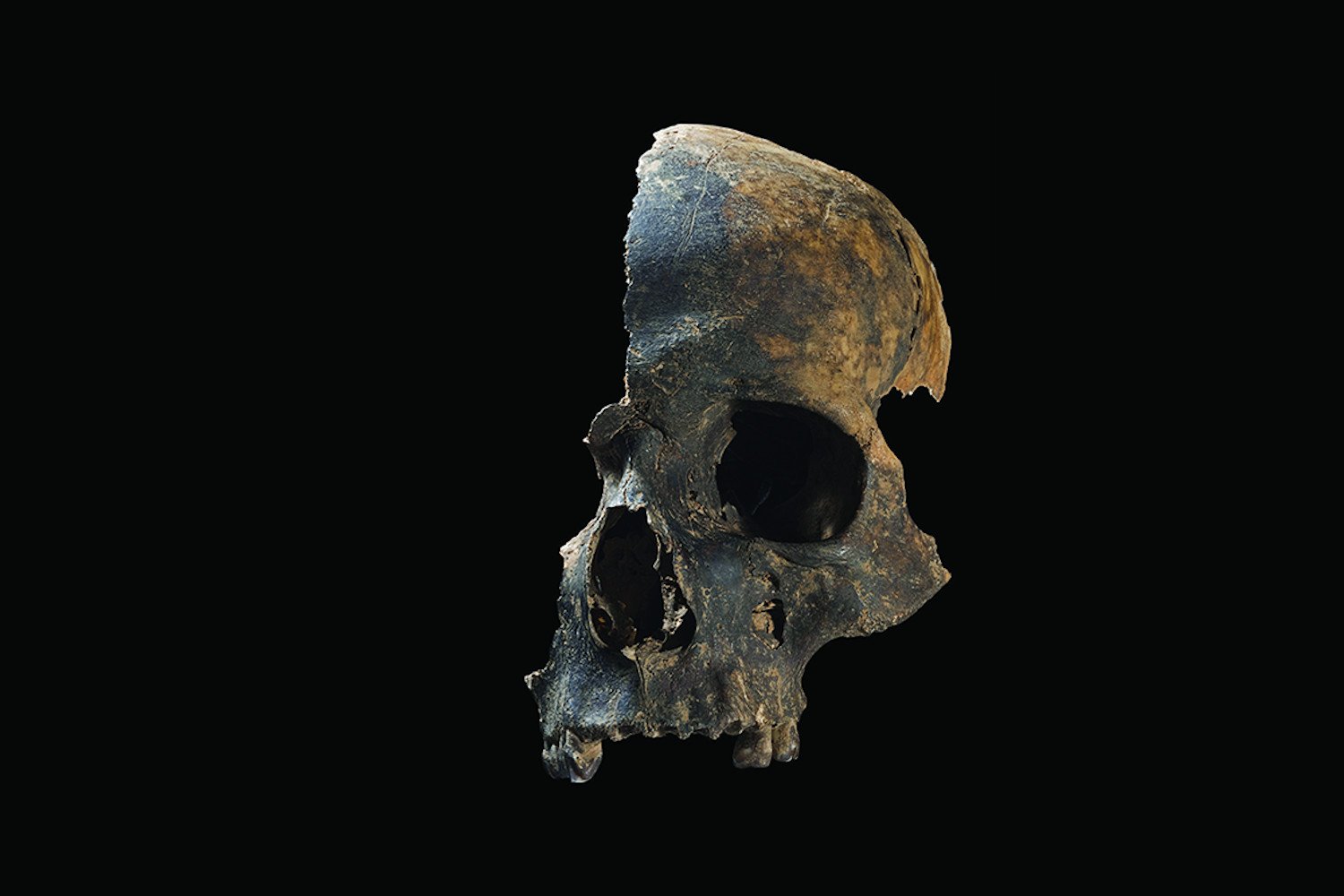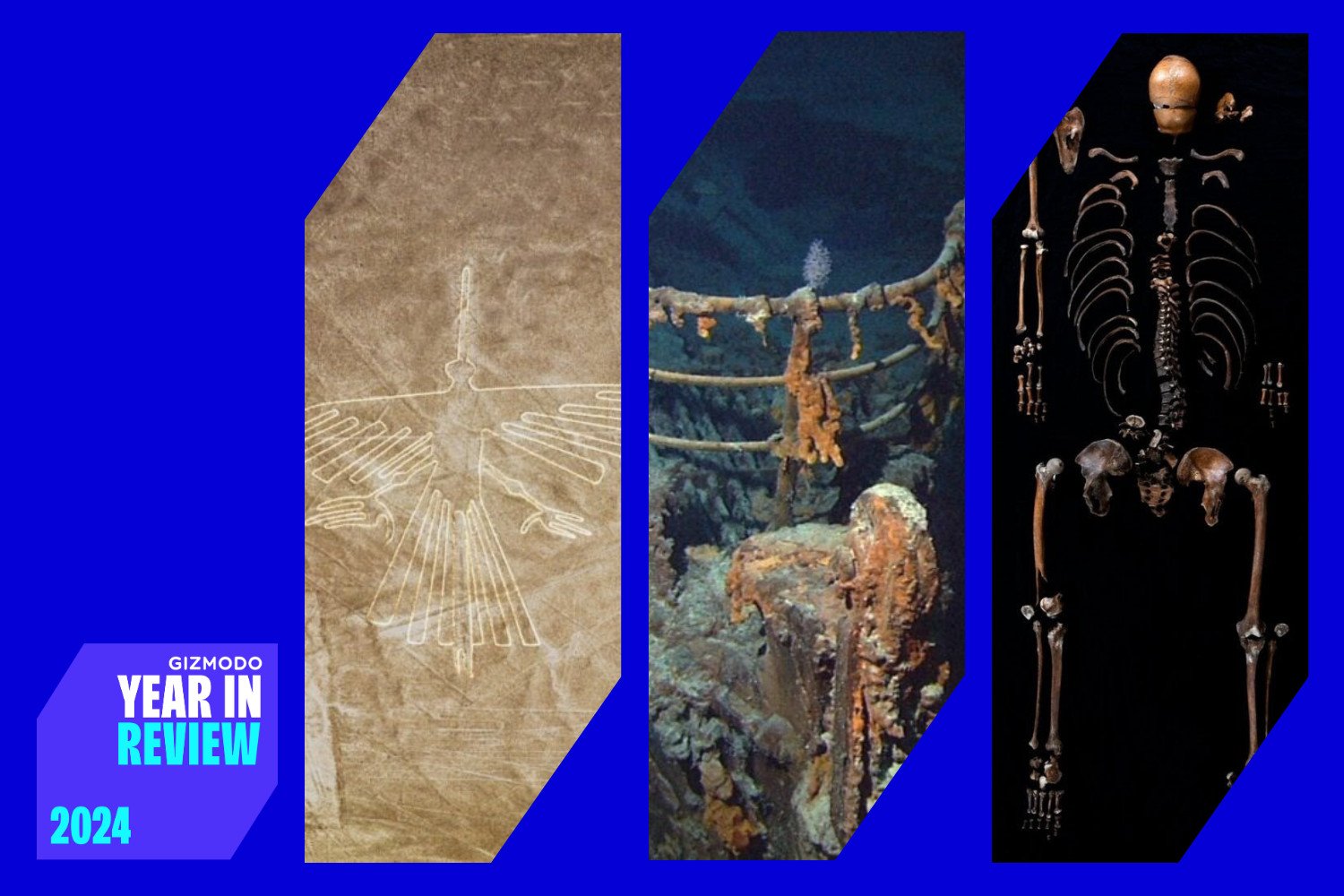The accidental discovery of a potential 1,000-year-old archaeological site during highway construction in Hidalgo, Mexico has captivated archaeologists. Uncovered in June 2024 during work on Federal Highway 105, the site’s foundations reveal a pyramid and offer a glimpse into the region’s pre-Hispanic past.
The Mexican National Institute of Anthropology and History (INAH) announced the findings of the archaeological rescue project in a December 5 statement. The site, documented using drone technology for photogrammetric modeling, forms part of a pre-Hispanic settlement and potentially illuminates ancient human occupation in Hidalgo’s mountainous Sierra Alta region.
The excavation, led by INAH under the Ministry of Culture, unearthed five distinct sectors encompassing at least ten archaeological mounds. Researchers collected 155 samples, including ceramics, shells, stone artifacts, lime floors, charcoal, soil, and carbonized wood, for further laboratory analysis.
INAH archaeologists date the complex between the Epiclassic (650-950 CE) and Late Postclassic (1350-1519 CE) periods, predating European arrival in Mexico. The site is believed to be linked to the independent Metztitlan kingdom (Metzca), an indigenous group that resisted Aztec rule until the Spanish conquest in the early 16th century. The Metzca maintained a multi-ethnic identity, evident even after Augustinian priests established churches and convents in the region.
The site, identified as the pre-Hispanic settlement of San Miguel due to its proximity to modern-day San Miguel Metzquititlán, lies within the Barranca de Metztitlán nature reserve in the Sierra Alta. Evidence suggests human activity in this area dates back as far as 14,000 years.
Following thorough investigation, the archaeological complex was reburied – a common preservation strategy when resources for site management are limited. Prior to reburial, the structures were protected with geotextile, a permeable fabric combined with rock or soil to safeguard archaeological remains. A rock wall was also constructed as an additional protective measure against nearby road construction.
While reburying the site may seem disappointing, it ensures the preservation of valuable history until resources for proper management become available. Further laboratory analysis of the collected samples promises to reveal more insights into this ancient settlement.



